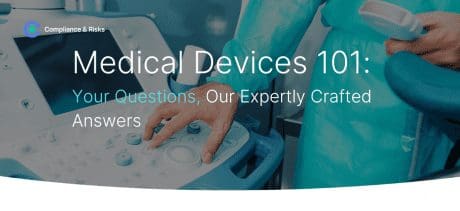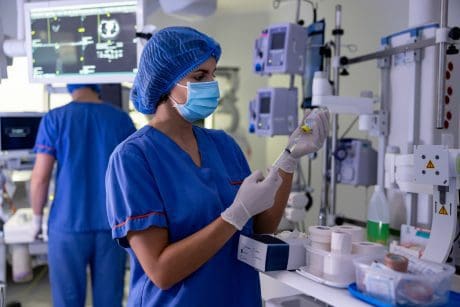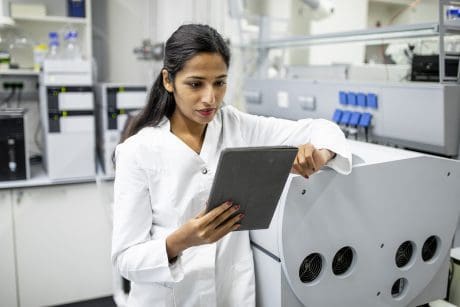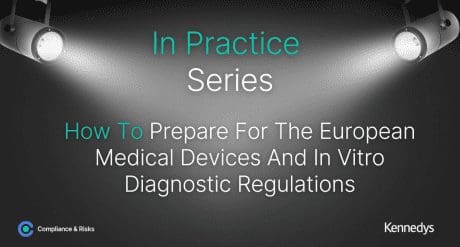
Medical Devices 101 | Your Questions | April 2023
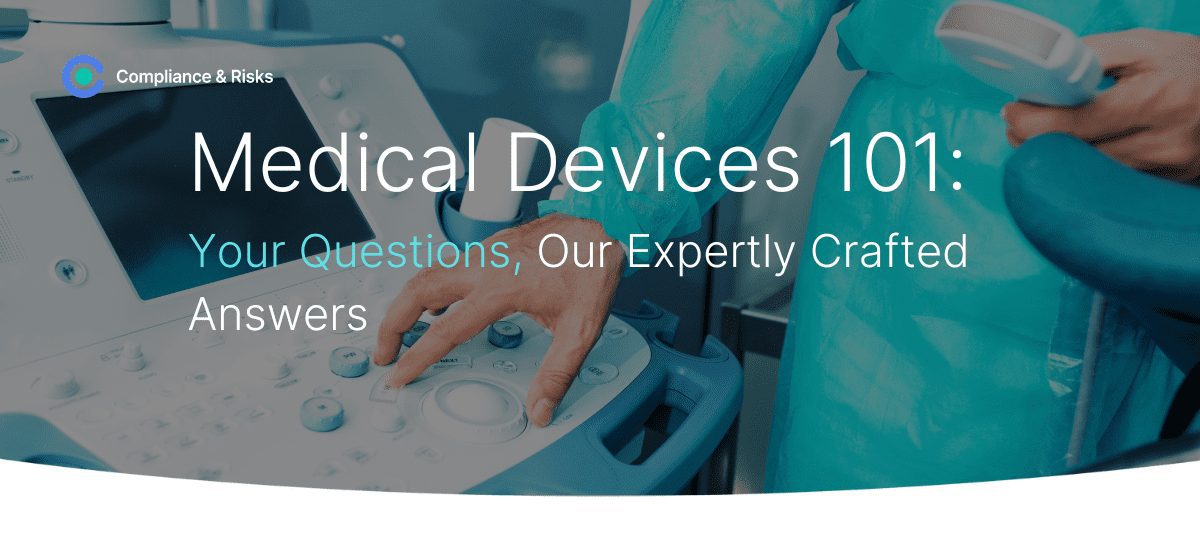
Medical devices face a unique regulatory landscape that has been increasingly complicated by several factors in recent years.
The demand for more sustainable technology is being driven by both consumer demand and legislators, leading to regulatory implications. Global events such as Brexit and COVID-19 have also created unprecedented challenges.
As devices become increasingly integrated with artificial intelligence and an internet connection, new cybersecurity and data protection legislation is racing to keep up.
And on top of all this, the new regulatory framework for IVDR and proposed amendments for the registration, and inspection of medical devices under MDR means staying ahead is more critical than ever.
In our new series, we gather some of the most interesting recent inquiries from Compliance & Risks customers regarding the medical device regulatory updates globally:
Question 1: I am seeking any information on whether France: Consumer Information on the Environmental Qualities and Characteristics of Waste-generating Products, Decree No. 2022-748 applies to consumer products that are medical devices and IVDs.
Joyce Costello, Senior Regulatory Compliance Specialist answers:
Decree 2022-748 concerns producers, importers distributors or other marketers of waste-generating products intended for consumers, including those using a website, a platform or any other online distribution channel as part of their commercial activity in France.
This Decree lays down measures for the application of Article L. 541-9-1 of the Environmental Code, which provides proper information to consumers, from producers and importers, of the environmental qualities and characteristics of waste-generating products sold on the French market. Article R541-221 specifies the types of products that must provide this information. Item III of Article R541-221 mentions consumer information on the incorporation of recycled material which concerns the categories of products mentioned in 3°, 5°, 6°, 7°, 10° and 11° with the exception of leather articles, 13°, 14° and 15° of Article L. 541-10-1.
Consumer information on the incorporation of recycled material also includes the packaging mentioned in 1° of article L. 541-10-1. Item IV states: “IV.-Consumer information on the use of renewable resources related to the construction products or materials mentioned in 4° of Article L. 541-10-1 and subject to an environmental declaration in the conditions provided for in article R. 171-17 of the construction and housing code. Item V. mentions consumer information on the possibilities of reuse concerning the packaging mentioned in 1° of article L. 541-10-1, and regarding Information on recyclability, the product categories mentioned in 1°, 3°, 4°, 5°, 6°, 7°, 10°, 11°, 12°, 13°, 14° and 15° of article L. 541-10-1 apply. Information relating to precious metals and rare earths is made available for the categories of products mentioned in 5° and 15° of Article L. 541-10-1.
Article L. 541-10-1 mentions the following:
9° The piercing medical devices used by patients in self-treatment and users of the self-tests mentioned in Article L. 3121-2-2 of the same code mentions in vitro diagnostic medical devices and their accessories intended for self-diagnosis, including, from 1 January 2021, electrical or electronic equipment associated with such a device and which are not subject to 5° of this article. The technical aids mentioned in article L. 245-3 of the code of social action and families, apart from those which come under the principle of extended producer responsibility under another category, may also come under the principle of extended producer responsibility pursuant to the first paragraph of I of article L. 541-10 of this code. In this case, a decree sets the categories of products concerned and the provisions of Article L. 5212-1-1 of the Public Health Code apply to these technical aids when they have the status of medical device.
Item VI on Decree No. 2022-748 that states:
“The consumer information on recyclability applies to the product categories mentioned in 1, 3, 4, 5, 6, 7, 10, 11, 12, 13, 14, and 15 of Article L. 541-10-1.” Further, consumer information on the presence of a hazardous substance shall apply where it is present in a concentration greater than 0.1% by weight in a substance, mixture or article within the meaning of the EU REACH Regulation. This information shall be expressed by the words “contains a hazardous substance” or, where the hazardous substance present is that referred to in the first paragraph of Article R. 541-219, by the words “contains a substance of very high concern” and be made available no later than 6 months after the substance is identified as a hazardous substance.
Substances present which are also on the list of substances with proven and presumed endocrine disrupting properties laid down by order referred to in Article R. 5232-19 of the Public Health Code, for which the information referred to in Article R. 5232-20 of the Public Health Code applies.
The FAQ Document as last updated by the French Ministry for Ecological Transition and Territorial Cohesion on 04 January 2023, provides additional guidance on the obligations set out under Decree No. 2022-748 on Consumer Information on the Environmental Qualities and Characteristics of Waste-generating Products. This can be found in C2P under France: Consumer Information on the Environmental Qualities and Characteristics of Waste-generating Products, Frequently Asked Questions, December 2022
Please also refer to our whitepaper on Environmental Labeling Requirements in France on the Compliance and Risks website.
Question 2: Does Mexico require a NOM marking on only external power supplies or is the NOM marking required for the entire EEE if its scope is “low Voltage” or “industrial control, measurement and Laboratory Equipment”?
Do all External power supplies need a NOM marking, or only external power supplies in certain categories/scopes? For example, a power supply evaluated to IEC62368 and sold into the IT market needs a NOM marking but does an external power supply evaluated to IEC60601-1 and sold for medical equipment purposes require a NOM marking?
Joyce Costello, Senior Regulatory Compliance Specialist answers:
NOM-001-SCFI-2018 applies to external power sources, which are used in conjunction with the electronic equipment in scope of the NOM, which are marketed, distributed or supplied, either individually or as part of an end-use product in the same package , and to external power supplies that are marketed individually for information technology equipment included in the field of application of NOM-019-SCFI-1998 in both cases for use in direct current supplies up to 250V and in alternating current supplies up to 480V at 60 Hz.
Per Section 5.1.3.1, labelling with identification and power ratings, if a piece of equipment is supplied without means of direct connection to the power supply network, it does not need any marking with the electrical characteristics, such as its nominal voltage, nominal current or nominal frequency. Therefore, equipment that uses external power sources requires marking on the power source but not on the equipment or system that uses said source.
The FAEs that are within the field of application of this standard must comply with the energy efficiency values for power in active mode and not exceed the power values in no-load mode, as established in Table 1 and in accordance with the test method described in chapter 8. In addition to requiring NOM-001 certification, all external power supplies that are sold separately in Mexico require a certification known as NOM-029-ENER-2017, i.e. not as part or accessory of a final use product, must bear the energy efficiency information according to subsection 10.2.2.
Looking at medical devices specifically, I do not see IEC 60601-1/NMX-IJ-60601-1-NYCE-ANCE-2017 cited in the existing mandatory regulations. However if you choose to use the standard, all of these power supplies must be rated for medical usage.
Question 3: Thank you for your query detailed here: Can you point me to the laws in Venezuela that require registration of in vitro diagnostic medical devices?
Can you also point me to specific regulations about change management? Thank you!
Denise McDermott, Senior Regulatory Compliance Specialist answers:
Resolution No DM-0010-99 issued by the Ministry of Health on 3 Dec 1999 regulates medical equipment manufacture, importation, marketing and distribution. (Gaceta Oficial de Venezuela # 36.843. Registro y control de materiales y equipos médicos. Resolución DM-001 0-99 del 3/12/1999. Caracas; 1999.) As per this resolution, “any legal person legally constituted in Venezuela interested in manufacturing, importing, marketing or providing maintenance services for materials and equipment for use at the health area levels, must previously register in the National Sanitary Registry that is kept by the Department of Regulation and Control of Materials, Equipment, Establishments and Health Professions , attached to the General Sectoral Directorate of Health Comptrollership of this Ministry.” Article 2 defines the requirements that are applicable.
The Ministry of Health and Social Development will grant certification of Free Sale in Venezuela to material products and equipment used in the health area, once a Sanitary Registry has been granted. The Sanitary Registry will expire five (5) years from its issuance, being renewable at the request of the interested party for an equal period. As per Article 6, paragraph, a Quality Certification issued by an accredited institution is also required. This resolution will be visible in C2P shortly and can also be found here.
Stay Compliant With Global Medical Device Regulations:
Catch up on our latest medical device updates with your coffee here:
- IVD Regulations In The EU
- IVDR Regulatory Compliance: What are your IVDR and product blindspots?
- IVDR Compliance: What You Need To Know
- Regulatory Developments in Medical Devices: A Review of Recent Legislation
Register for our on-demand webinar for a regulatory update on the medical devices industry here.
Recap on other recent Medical Device questions.
Stay up-to-date with other questions submitted by your industry peers.
In January we had questions on Medical Devices with lead in USA and Designation of Priority Substances under K-REACH in South Korea. You can also catch up with our previous update from February 2023, where we provide answers regarding the latest Chinese Regulation for Companion Diagnostics and hearing aid batteries considered medical devices in Canada
Have you got a Medical Device related query?
Many of the above questions were submitted and answers were conveyed by Compliance & Risks customers via the “Ask Our Experts” button in C2P.
Clients use AOE to ask about the latest proposed, enacted, and amended regulations and mandatory standards applicable to their products and geographies of interest.
When AOE questions can be answered in 30 minutes or less, Compliance & Risks’ subject matter experts answer them at no charge!
To learn more about C2P and how Compliance & Risks SMEs can help you with your questions, contact us today.
Meet our Experts
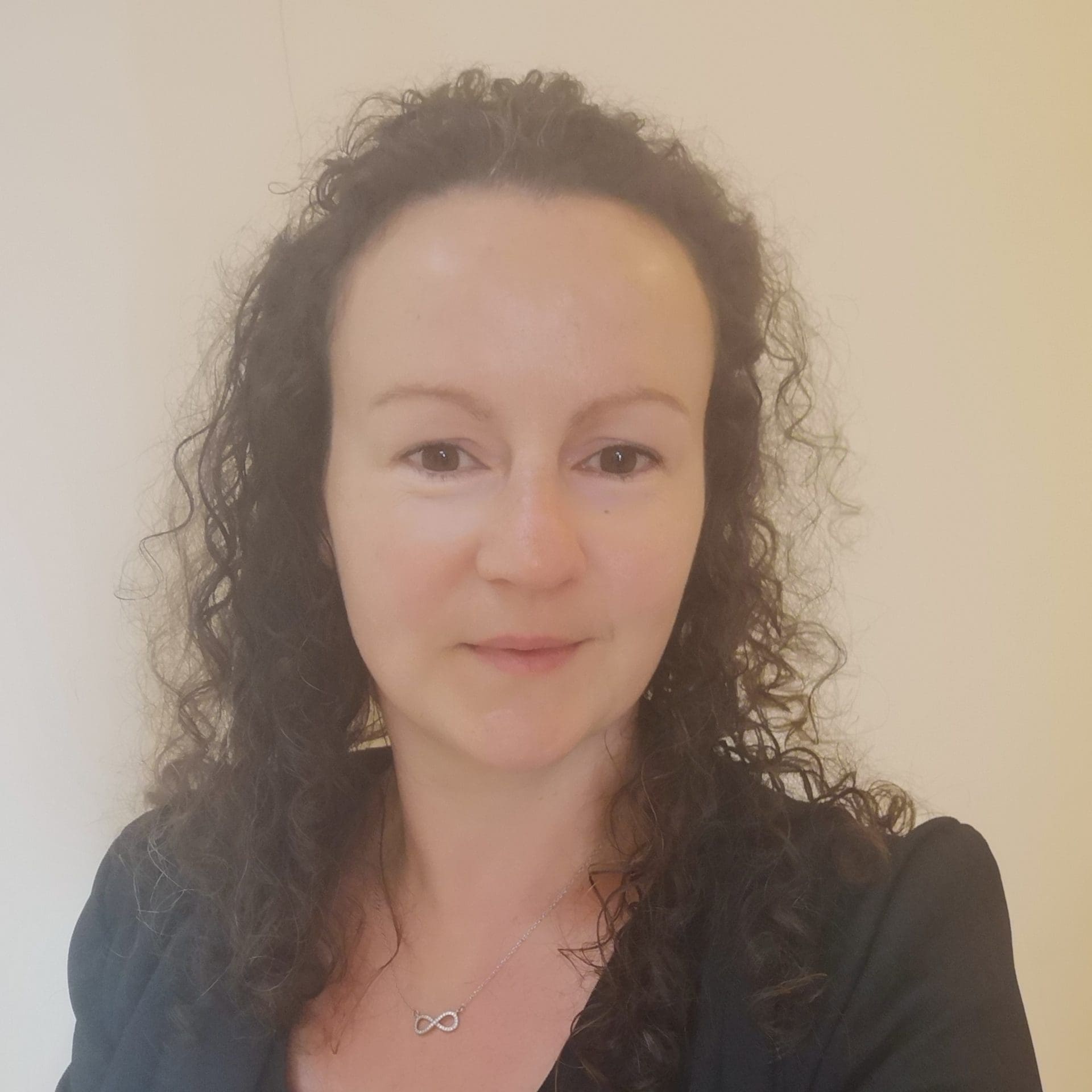
Denise McDermott, Senior Compliance Specialist, Compliance & Risks
Prior to joining Compliance & Risks, Denise worked in the medical device industry for 13 years across a number of areas including regulatory affairs, post-market surveillance, customer complaints, quality, and technical support.
She has experience in several areas including IVDR, CE marking, labeling, legal documentation, customer and quality technical communications and regulatory risk assessments.

Joyce Costello, Senior Regulatory Compliance Specialist, Compliance & Risks
Joyce is a Senior Regulatory Compliance Specialist with Compliance & Risks with 9 years experience.
With expertise in global RoHS legislative and product safety conformity assessment requirements, Joyce also works closely with customers to assist them in understanding the implications of evolving regulation on their products.
Joyce has a Master of Laws (LLM) and Postgraduate Higher Diploma in French from University College Cork.
